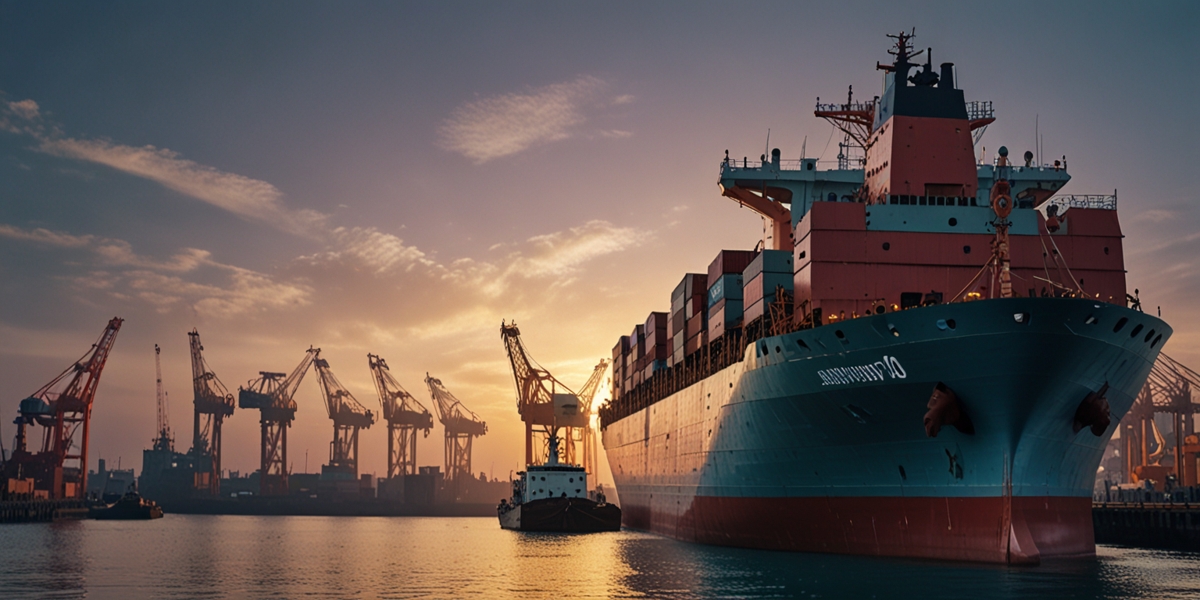As a leading shipping and logistics company in India, Abhyansh is committed to staying at the forefront of industry developments. The upcoming transition from the Ship Building Financial Assistance Policy (SBFAP) to SBFAP 2.0 marks a pivotal moment for India’s maritime sector. This blog explores the implications of this new policy, its potential to enhance domestic shipbuilding, and how it aligns with the government’s vision of expanding India’s blue economy.
The Shift to SBFAP 2.0
The SBFAP, which is set to expire in 2026, has provided crucial financial support to Indian shipyards since its inception. With the expected launch of SBFAP 2.0, there are plans for expanded incentives over the next decade. This initiative not only aims to bolster ship manufacturing but also aligns with the government’s commitment to sustainable ocean resource utilization.
According to sources close to the development, there will be an increase in financial assistance for shipbuilders, especially those focusing on green vessels. This shift is essential as it reflects a growing recognition of the need for environmentally friendly shipping solutions.
Economic Impacts and Market Share
Currently, India holds less than 1% of global shipbuilding tonnage, a figure that is insufficient for achieving the nation’s economic growth objectives. Experts believe that by promoting domestic shipbuilding, India can significantly increase its global market share, targeting a goal of 5%. This would not only benefit Indian ship owners but also position India as a competitive alternative to traditional shipbuilding nations such as Vietnam, Korea, Japan, and China.
Addressing Challenges Through New Policies
The proposed maritime development fund under SBFAP 2.0 aims to tackle financing challenges faced by shipbuilders by providing access to long-term capital. Additionally, recent amendments have broadened the scope of eligible vessels for financial assistance, including specialized vessels designed for wind farm installations and sophisticated dredgers.
Conclusion: A Vision for Sustainable Growth
As Abhyansh navigates this transformative period in India’s maritime sector, we recognize the importance of adapting to new policies that promote sustainable growth. The anticipated changes under SBFAP 2.0 are not just a response to current market needs; they reflect a broader commitment to enhancing India’s position in global shipping and logistics. By supporting domestic shipbuilding initiatives and embracing green technology, we can play a crucial role in shaping a sustainable maritime future for India. We look forward to witnessing how these developments will positively impact our industry and contribute to the nation’s economic prosperity.






